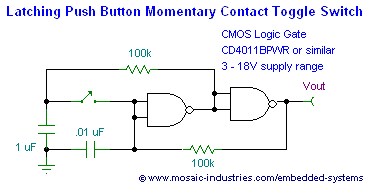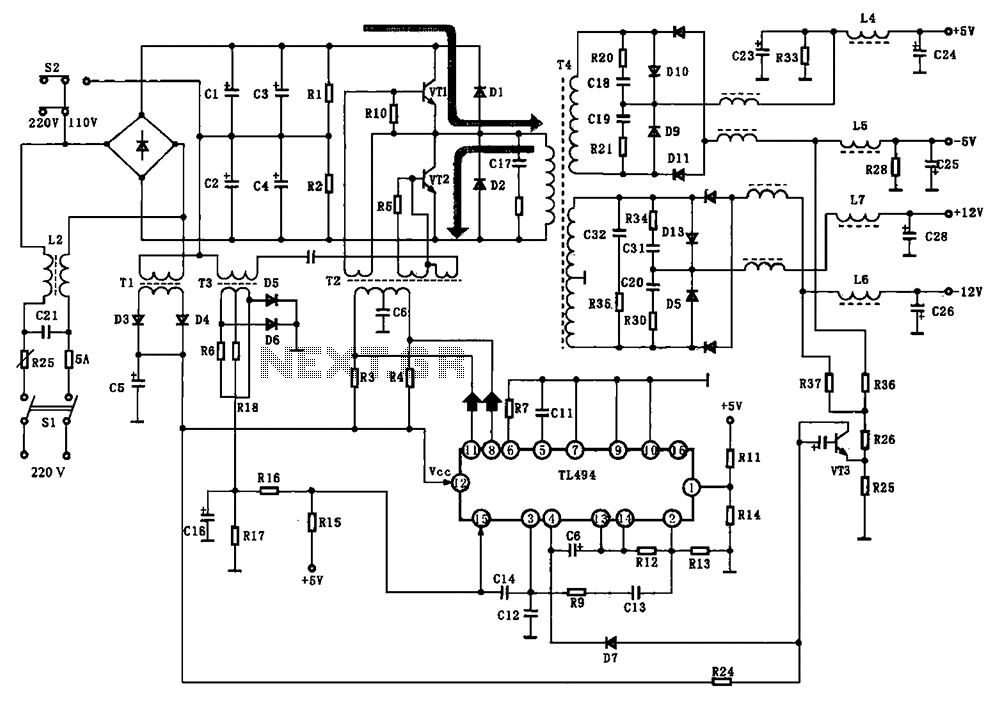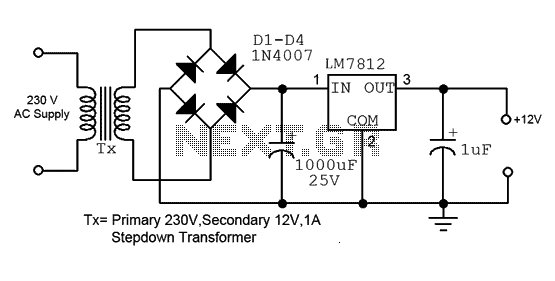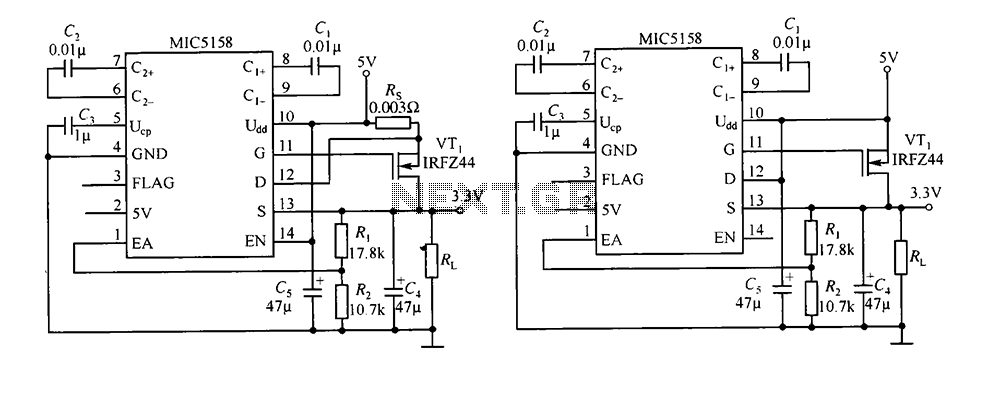
+1.5V Supply For Zn416E circuits
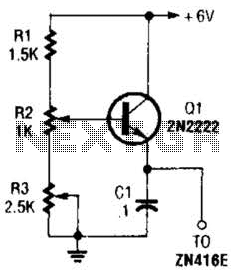
This regulator can be used with a +6-V source to supply the ZN416E low-voltage TRF radio receiver IC with the necessary +1.5 V. R3 sets the output voltage.
The circuit utilizes a voltage regulator designed to convert a +6 V input into a stable +1.5 V output, specifically tailored for powering the ZN416E low-voltage TRF radio receiver integrated circuit (IC). The regulator's primary function is to ensure that the ZN416E receives a consistent voltage level, which is crucial for its operation and performance in radio frequency applications.
In this configuration, R3 plays a pivotal role in determining the output voltage level. By adjusting the resistance value of R3, the output voltage can be fine-tuned to achieve the desired +1.5 V. This is typically done by using a voltage divider approach or feedback mechanism that allows for precise control over the output. The selection of R3 should be made considering the desired output voltage and the characteristics of the voltage regulator being used.
The input voltage of +6 V is connected to the input terminal of the voltage regulator, which then regulates the voltage down to +1.5 V at the output terminal. It is essential to ensure that the input voltage remains within the specified range for the regulator to function correctly and maintain the output voltage stability. Additionally, proper bypass capacitors should be placed at the input and output terminals of the regulator to filter any high-frequency noise and provide transient response stability.
Overall, this voltage regulation setup is critical for the reliable operation of the ZN416E, enabling it to perform effectively in low-voltage applications such as TRF radio receivers. This regulator can be used with a +6-V source to supply ZN416E low-voltage TRF radio-receiver IC the necessary +1.5 V. R3 sets output voltage.
The circuit utilizes a voltage regulator designed to convert a +6 V input into a stable +1.5 V output, specifically tailored for powering the ZN416E low-voltage TRF radio receiver integrated circuit (IC). The regulator's primary function is to ensure that the ZN416E receives a consistent voltage level, which is crucial for its operation and performance in radio frequency applications.
In this configuration, R3 plays a pivotal role in determining the output voltage level. By adjusting the resistance value of R3, the output voltage can be fine-tuned to achieve the desired +1.5 V. This is typically done by using a voltage divider approach or feedback mechanism that allows for precise control over the output. The selection of R3 should be made considering the desired output voltage and the characteristics of the voltage regulator being used.
The input voltage of +6 V is connected to the input terminal of the voltage regulator, which then regulates the voltage down to +1.5 V at the output terminal. It is essential to ensure that the input voltage remains within the specified range for the regulator to function correctly and maintain the output voltage stability. Additionally, proper bypass capacitors should be placed at the input and output terminals of the regulator to filter any high-frequency noise and provide transient response stability.
Overall, this voltage regulation setup is critical for the reliable operation of the ZN416E, enabling it to perform effectively in low-voltage applications such as TRF radio receivers. This regulator can be used with a +6-V source to supply ZN416E low-voltage TRF radio-receiver IC the necessary +1.5 V. R3 sets output voltage.
